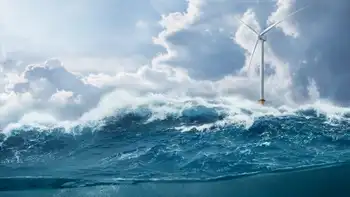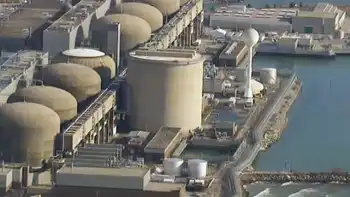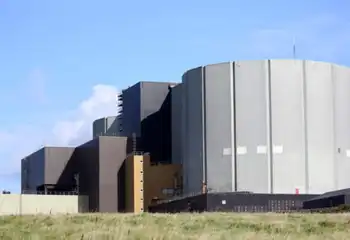China harnesses mountain wind power
By The Independent
Protective Relay Training - Basic
Our customized live online or in‑person group training can be delivered to your staff at your location.

- Live Online
- 12 hours Instructor-led
- Group Training Available
At an altitude of 3,000 metres (9,800 feet), Dali Zhemoshan is the highest wind farm in China, where renewable energy has become a priority for a government keen to reduce its carbon emissions and which has taken full advantage of the global trade in carbon credits.
"Wind resources in Yunnan province are not the best in the country," says Zhai Cheng, a project manager at the farm for the Chinese group Sinohydro.
"But at altitude, it becomes more interesting," he adds, gesturing at the line of 48 metre-high turbines.
China, which relies on coal for more than 70 percent of its energy, is the world's largest emitter of the greenhouse gases blamed for global warming.
But it has set a target of generating 15 percent of its energy from renewable sources — mainly wind and water — by 2020.
In Yunnan, the wind turbines — which operate at full tilt between October and April — are there to boost the region's enormous hydroelectric power resources when productivity falls during the winter months.
"China is redoubling its efforts, with the 2020 target for wind power generation rising from 30 to 100 gigawatts," said Zhai.
The rapid boom in wind farming in China — where installed capacity doubled in 2008 for the fourth year running to sit at 12.2 gigawatts — places it behind only the United States, Germany and Spain.
"In terms of the scale and the pace of the build-up of the Chinese wind industry, it's without parallel anywhere in the world ever," said Steve Sawyer, secretary general of the Global Wind Energy Council (GWEC).
"They went from very little installed capacity and almost no industry five years ago to the point where they will be the number one market in the world this year" in terms of new capacity, he said.
"At the current rate, they will be the number one in the world in cumulative capacity by the end of 2011, early 2012," Sawyer predicted.
As well as major wind farms in the north of China, such as those in Gansu province, smaller projects — like the one in Dali — are multiplying, almost always relying on the Clean Development Mechanism (CDM).
The CDM, which was created as part of the Kyoto Protocol, allows industrialized countries to fulfill part of their greenhouse gas reduction commitments by investing in clean energy technology in developing countries.
With a generating capacity of 30.75 megawatts, the 41 turbines in Dali produce the same amount of energy as the burning of 20,000 tonnes of coal — thereby preventing the emission of 50,000 tonnes of carbon dioxide per year.
The carbon credits produced by the Dali pilot project, funded with a 30-million-euro (US45-million-dollar) loan from the French Development Agency, will be purchased by Dutch bank Rabobank, Zhai said.
Those credits should amount to between seven and eight percent of annual income, he added, predicting that the project should pay for itself in 10 to 15 years.
"The wind industry in China and India is one of the biggest success stories of the CDM," said GWEC's Sawyer.
"The Chinese example is a very good example: the only way you can make use of the market mechanism is if you have very clear and effective policies and measures to support the industry at the same time."
The challenge for China now, he says, is one of quality.
"They have had this rapid build-up and now they have to focus on the quality rather than just the quantity. Grid extension and connection is one issue, the performance of the turbines themselves is another."











